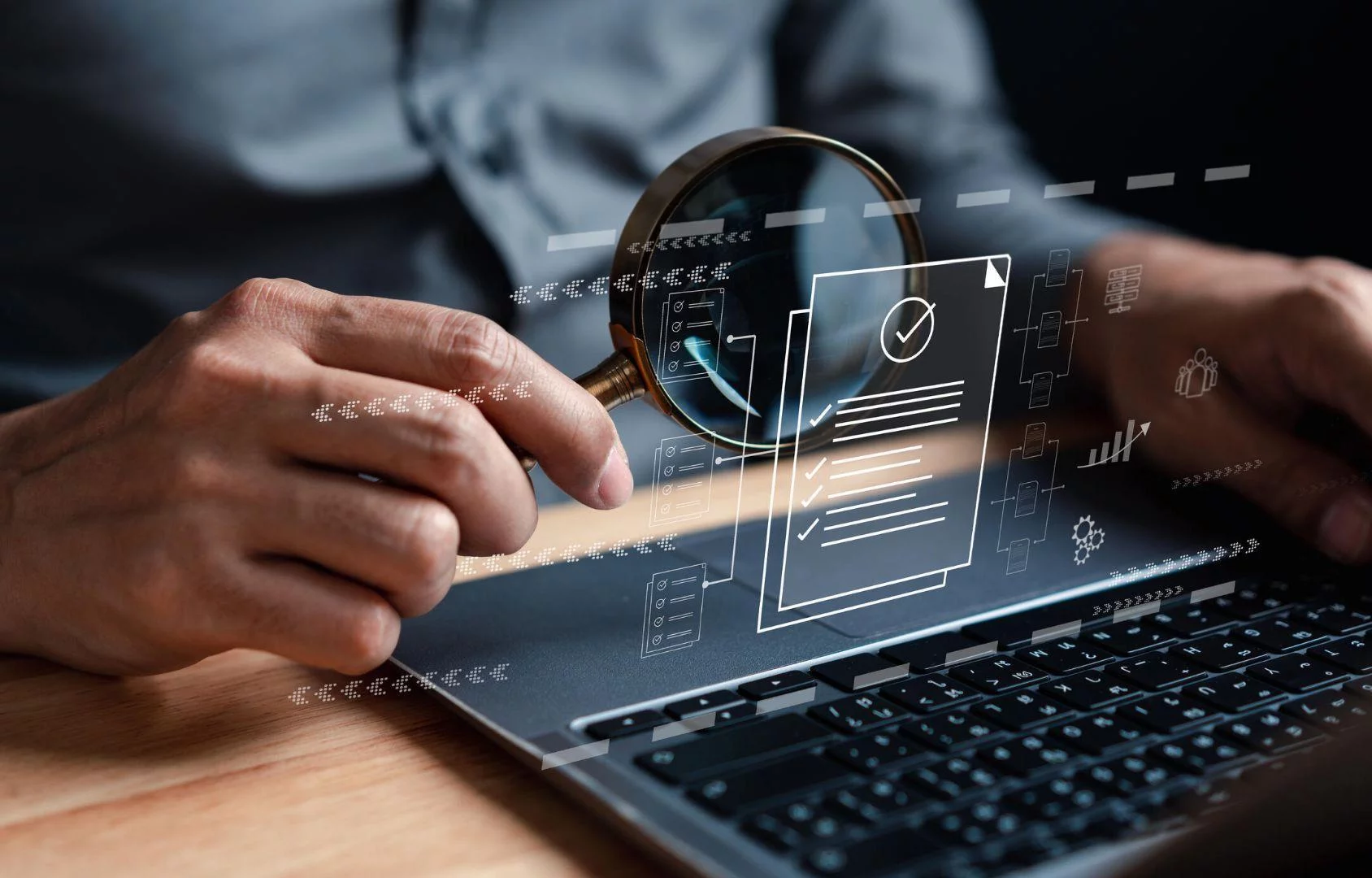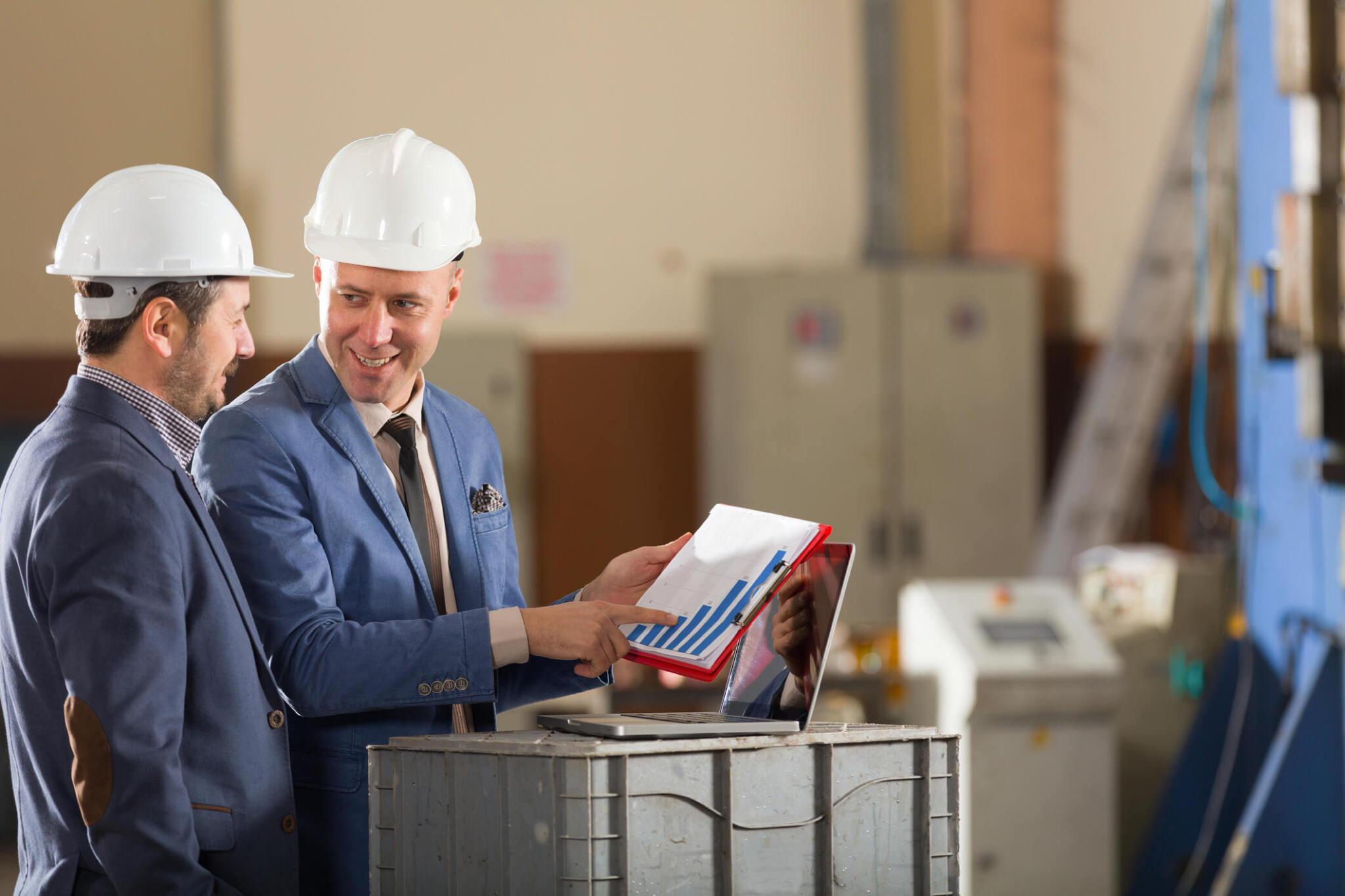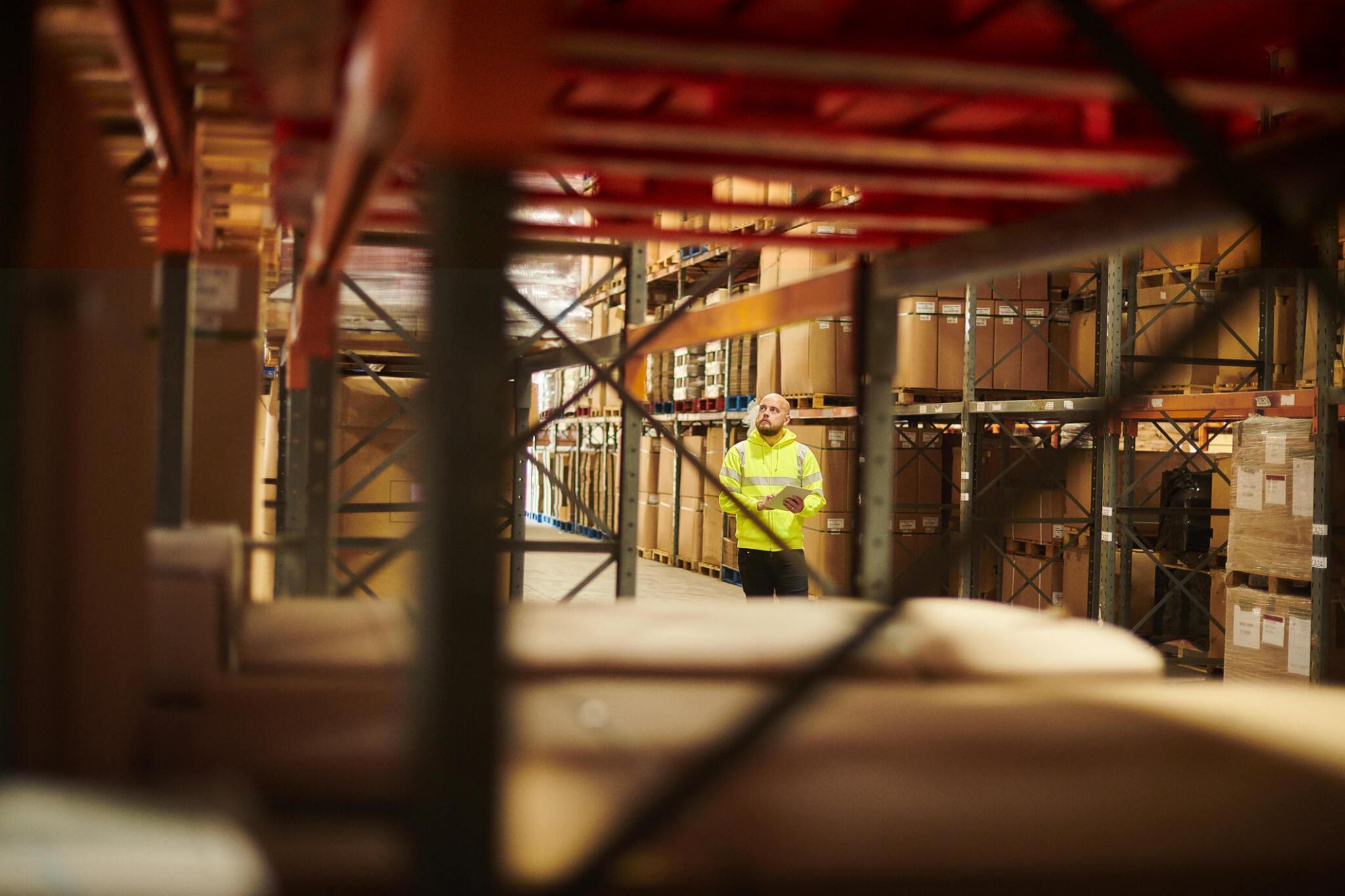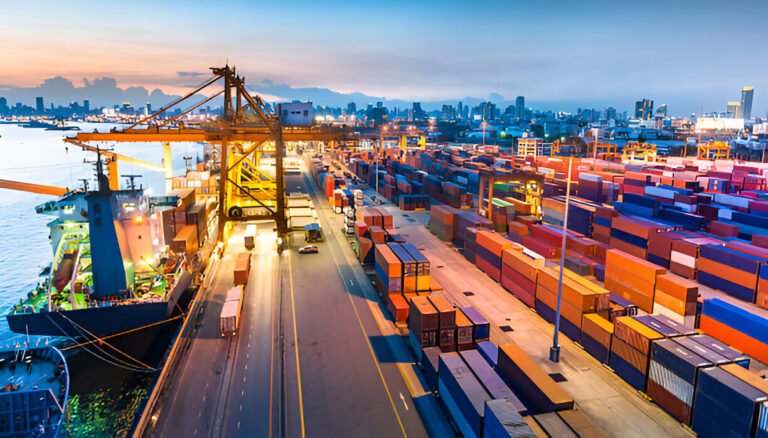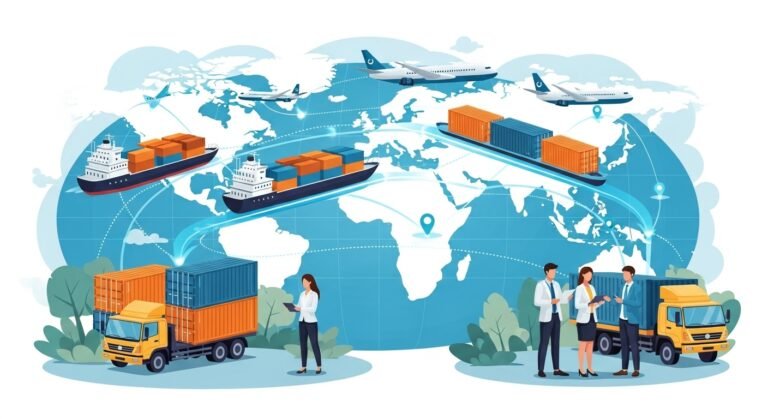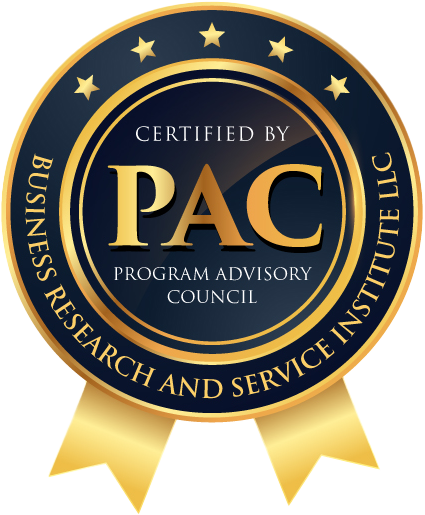Blockchain technology is a decentralized and distributed ledger system that allows multiple parties to record and store information in a secure, transparent, and tamper-resistant way. The term “blockchain” refers to a chain of blocks, where each block contains a list of transactions. These blocks are linked together using cryptographic hashes, forming a chronological chain of information.
- Decentralization: Unlike traditional centralized systems, blockchain operates on a peer-to-peer network, with no central authority controlling the entire system. This decentralization enhances security and eliminates the need for a central intermediary.
- Distributed Ledger: The ledger (record of transactions) is distributed across all participants in the network. Each participant has a copy of the entire blockchain, making it resilient to failures and attacks.
- Consensus Mechanism: Blockchain uses consensus mechanisms to agree on the state of the ledger. This ensures that all participants have the same version of the blockchain. Popular consensus mechanisms include Proof of Work (used by Bitcoin) and Proof of Stake.
- Immutability: Once a block is added to the blockchain, it is extremely difficult to alter or delete the information within it. This is achieved through cryptographic hashing and the decentralized nature of the network.
- Smart Contracts: Blockchain platforms, such as Ethereum, allow the creation and execution of smart contracts. Smart contracts are self-executing contracts with the terms directly written into code. They automatically enforce and execute the terms when predefined conditions are met.
- Transparency: The entire transaction history is visible to all participants in the network. While the identities of the participants are usually pseudonymous, the transactions themselves are typically transparent and traceable.
Blockchain technology has gained popularity primarily due to its application in cryptocurrencies like Bitcoin, where it serves as a decentralized and secure ledger for financial transactions. However, its potential extends beyond cryptocurrencies to various industries such as finance, supply chain, healthcare, and more, where it can improve transparency, security, and efficiency in data management and transactions.

Use of Block Chain Technology in Global Trade
Blockchain technology has several applications in global trade, providing solutions to challenges such as inefficiency, lack of transparency, and fraud. Here are some ways in which blockchain is being used in the context of global trade:
Supply Chain Visibility
- Traceability: Blockchain can be used to create a transparent and traceable supply chain. Each participant in the supply chain, from manufacturers to distributors to retailers, can record and verify transactions on the blockchain. This helps in tracking the origin and journey of products, ensuring authenticity and compliance with regulations.
Smart Contracts
- Automated Agreements: Smart contracts, which are self-executing contracts with the terms directly written into code, can automate various processes in global trade. For example, payment terms, customs documentation, and delivery schedules can be encoded into smart contracts, ensuring automatic execution when predefined conditions are met. This reduces the need for intermediaries and minimizes the risk of disputes.
Reducing Fraud
- Immutable Records: The immutability of blockchain records makes it difficult for bad actors to manipulate or falsify information. This helps in reducing fraud and ensuring the integrity of the data throughout the supply chain.
Trade Finance
- Efficient Transactions: Blockchain can streamline and automate the trade finance process. By providing a secure and transparent platform, it reduces the time and costs associated with cross-border transactions, letters of credit, and other financial instruments.
Customs and Compliance
- Streamlined Processes: Blockchain can facilitate the sharing of information between different entities involved in global trade, including customs authorities. This can lead to more efficient and streamlined customs processes, reducing delays and improving compliance with regulations.
Data Security and Privacy
- Secure Data Sharing: Blockchain allows for secure and permissioned sharing of data. Participants in the global trade network can access the information they need without compromising the security and privacy of sensitive data.
Real-Time Tracking
- Logistics Optimization: Blockchain enables real-time tracking of shipments and goods. This can lead to more efficient logistics and inventory management, reducing delays and costs associated with lost or delayed shipments.
Cross-Border Payments
- Faster and Cheaper Transactions: Blockchain can facilitate faster and more cost-effective cross-border payments by eliminating the need for multiple intermediaries and reducing transaction times.
Overall, the use of blockchain in global trade can enhance transparency, efficiency, and security, ultimately reducing costs and improving the reliability of international transactions. Several pilot projects and initiatives around the world are exploring and implementing blockchain solutions in the realm of global trade.
Related: The Rise of Circular Supply Chains
BRICS
BRICS is an acronym that refers to a group of five major emerging national economies: Brazil, Russia, India, China, and South Africa. These countries are known for their significant influence on regional and global affairs, and they form a coalition for the purpose of economic cooperation and collaboration on various issues.
The BRICS grouping was originally known as “BRIC” before the inclusion of South Africa in 2010. The member nations cooperate on a wide range of issues, including economic development, political influence, and reform of international institutions.
Here’s a brief overview of each BRICS member:
Brazil: As the largest country in South America, Brazil is known for its diverse economy, rich natural resources, and agricultural strength.
Russia: Russia is the largest country in the world by land area. It possesses vast natural resources and has a significant influence on global politics.
India: India is the world’s second-most populous country and has a rapidly growing economy with a focus on technology, services, and manufacturing.
China: China is the world’s most populous country and has the second-largest economy globally. It has become a major player in international trade, manufacturing, and technology.
South Africa: South Africa is the newest member of BRICS, joining in 2010. It has a diverse economy, rich in minerals, and plays a key role in the African continent.
The BRICS nations hold annual summits to discuss and coordinate policies on various global and regional issues, including economic development, trade, political cooperation, and global governance. While the BRICS countries have diverse political systems, economic structures, and social contexts, they share common interests in promoting economic development, reforming global governance institutions, and enhancing their collective influence in international affairs. The BRICS group is often seen as a counterbalance to the influence of developed Western economies in global institutions.

While there hasn’t been a unified or widespread adoption of a specific blockchain payment system within the BRICS nations, individual countries within the group have shown interest in blockchain technology and have explored its applications, including in the realm of payments. Here’s a brief overview of some initiatives and considerations within the BRICS countries regarding blockchain payment systems:
- China (China’s Digital Currency Electronic Payment – DCEP**): China has been actively working on its digital currency, known as the Digital Currency Electronic Payment (DCEP) or digital yuan. While it’s not based on a decentralized blockchain like cryptocurrencies such as Bitcoin, it utilizes a centralized blockchain-like structure. China’s efforts in developing a digital currency are significant, and it has been conducting trials in various cities.
- Russia (Digital Ruble): Russia has been exploring the possibility of introducing its own digital currency, often referred to as the digital ruble. The Central Bank of Russia has been studying the potential benefits and risks associated with digital currencies and blockchain technology.
- India (Blockchain Initiatives): India has shown interest in blockchain technology, and there have been discussions about using it for various applications, including payments. The Reserve Bank of India has explored the use of blockchain in the financial sector.
- Brazil: Brazil has seen increasing interest in blockchain technology, particularly in the financial sector. Some Brazilian banks have explored the use of blockchain for enhancing the efficiency and security of financial transactions.
- South Africa: South Africa has been exploring blockchain applications, and the South African Reserve Bank (SARB) has conducted trials and experiments with blockchain technology. While these have focused on areas such as interbank settlements, there hasn’t been a widespread adoption of a blockchain payment system.
It’s important to note that the use of blockchain in the context of payments and digital currencies varies among the BRICS nations, and each country has its own regulatory environment, technological infrastructure, and approach to financial innovation. There may have been further developments in the use of blockchain for payments within the BRICS nations.
References
https://www.wallstreetmojo.com/brics-countries/
https://medium.com/@ipspecialist/how-blockchain-technology-works-e6109c033034

Danish Mairaj is a medical device expert with a strong focus on regulatory and quality compliance. He has been involved in managing clinical trial infrastructure including supplies and logistics. He has over 15 years of experience in the MedTech and Pharmaceutical industry. He is a certified Product Owner, Scrum Master, and Project Management Professional PMP. He studied Biomedical Engineering in Germany and MedTech Regulatory & Quality in Galway, Ireland. He contributes articles to the BRASI newsletter.
- Danish Mairaj#molongui-disabled-link


